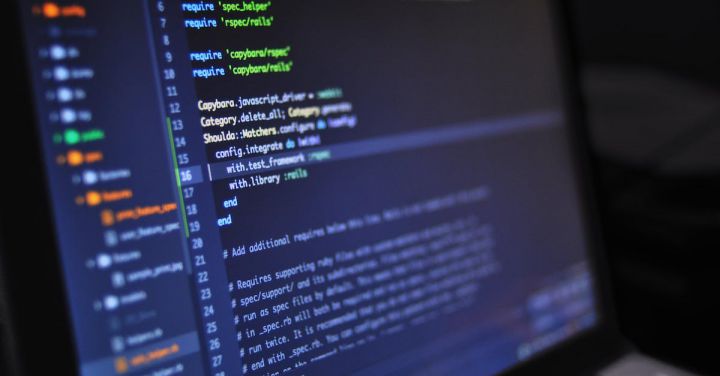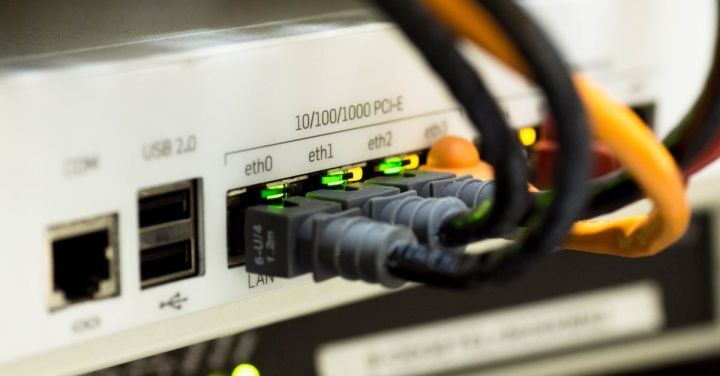How to Troubleshoot Common Performance Bottlenecks?
Performance bottlenecks can be a frustrating challenge for any system administrator or IT professional. These bottlenecks can slow down operations, decrease productivity, and negatively impact user experience. However, with the right troubleshooting techniques, you can identify and resolve these bottlenecks efficiently. In this article, we will explore some common performance bottlenecks and provide practical tips to troubleshoot them effectively.
Understanding the Problem: Analyzing Performance Metrics
Before diving into the troubleshooting process, it is crucial to understand the problem at hand. Start by analyzing performance metrics to identify any anomalies or patterns. Some key metrics to consider include CPU usage, memory utilization, disk I/O, and network traffic. By monitoring these metrics over a period of time, you can pinpoint the specific areas that are causing performance issues.
Identifying Resource Constraints
One of the first steps in troubleshooting performance bottlenecks is identifying resource constraints. These constraints can occur in various areas, such as CPU, memory, disk, or network. By understanding which resource is under strain, you can focus your troubleshooting efforts more effectively.
CPU Bottlenecks: Analyzing Processes and Utilization
CPU bottlenecks occur when the processor is unable to handle the workload efficiently. To troubleshoot CPU bottlenecks, start by analyzing the processes running on the system. Identify any processes that are consuming excessive CPU resources and determine if they can be optimized or offloaded to different servers.
Memory Bottlenecks: Analyzing Memory Usage and Leaks
Memory bottlenecks can occur when the system runs out of available memory, leading to increased disk swapping and degraded performance. Begin troubleshooting memory bottlenecks by analyzing memory usage. Identify any processes or applications that are consuming excessive memory and consider optimizing their memory usage. Additionally, look for memory leaks, which occur when a process fails to release memory after it is no longer needed. Fixing memory leaks can significantly improve system performance.
Disk Bottlenecks: Analyzing Disk I/O and Storage Capacity
Disk bottlenecks can occur when the disk I/O becomes a performance bottleneck. Analyze disk I/O metrics, such as read and write latency, to identify any issues. Consider optimizing disk access patterns, such as rearranging data to reduce seek times. Additionally, ensure that the storage capacity is sufficient for the workload. If the disk is nearing its capacity, consider adding more storage or offloading data to other storage solutions.
Network Bottlenecks: Analyzing Network Traffic and Bandwidth
Network bottlenecks can occur when the network becomes saturated, leading to slow data transfer and increased latency. Analyze network traffic to identify any areas of congestion. Consider optimizing network protocols, increasing network bandwidth, or implementing traffic prioritization techniques to alleviate network bottlenecks.
Optimizing Performance: Tuning and Configuration
Once you have identified and resolved the specific resource constraints causing performance bottlenecks, it is time to optimize the overall system performance. This involves fine-tuning system configurations, such as adjusting kernel parameters, optimizing application settings, or implementing caching mechanisms. Additionally, consider upgrading hardware components, such as adding more RAM or faster storage, to further enhance performance.
Conclusion: Resolving Performance Bottlenecks
Troubleshooting and resolving performance bottlenecks can be a complex task, but with a systematic approach, you can identify and resolve these issues effectively. By analyzing performance metrics, identifying resource constraints, and optimizing system configurations, you can significantly improve system performance and enhance user experience. Remember to monitor system performance regularly and proactively address any emerging bottlenecks to ensure optimal performance over time.






